Tech professionals often have a lot on their plates, making staying organised key. Scribbled on sticky notes, managed through apps, or pencilled into planners – for most, to-do lists are the go-to strategy for time management.
People swear by their benefits: a sense of accomplishment as each item is checked off, the convenience of having tasks written down, and improved focus.
But do these benefits translate into real productivity? In most cases, unfortunately not. Sorry, to-do list loyalists.
Gathering every conceivable action with no apparent timing or prioritisation, a to-do list often becomes a graveyard for overlooked tasks and responsibilities. Frankly, it’s our disorganisation come to life.
So, what is it that makes to-do lists sub-optimal, and, most importantly, what can you do instead?
Why the to-do list is a ‘to-don’t’
Overwhelming and confusing
Many will like to-do lists for their simplicity. However, this can be its greatest flaw.
Every menial task in our lives piles up on them, distracting from larger, more meaningful ones. Unfortunately, it’s human nature to chase rushes of accomplishment. With to-do lists, that’s easily achieved by tackling “low-hanging fruit” instead of what really matters.
Without additional context – how long each item takes, when it should be completed, its importance or what steps are required – a list becomes confusing and overwhelming to navigate.
Endless carryover
Few people end their day with an empty list. Unfinished tasks roll over to the next day, a cycle that rumbles on indefinitely, adding to an ever-growing workload. Someone, for example, might start their week with 10 to-dos and end it with 12 as some tasks get pushed aside when others arise.
As a result, people are left feeling trapped in a dissatisfying, ‘Groundhog Day’-esque loop of never quite clearing their workload.
Harm to mental health and wellbeing
Also problematic is the to-do list’s tendency to leak into other parts of our lives. Indeed, to-do lists too often don’t end with the workday. Uncompleted tasks mentally follow people home, making boundaries between work and life even more challenging to maintain.
This can lead to stress, burnout, and diminished work-life balance – all of which naturally have a detrimental effect on productivity and efficiency.
What else is out there?
So, if to-do lists don’t work, what does?
A viable replacement strategy for time-management will be needed – and there are plenty of unsung productivity heroes that people can explore.
Time-blocking
Time-blocking involves scheduling specific blocks of time for particular tasks, often using a calendar. This allowing you to focus fully on each category without having to switch between contexts – a time-wasting drain on productivity.
As an example, you could block off an hour in the morning for checking emails, two for writing reports, and then afternoons for meetings.
Thematic days
When people have recurring responsibilities each week, thematic days can be especially useful.
With this approach, each day is dedicated to a specific type of work. So, Monday could be for planning, Tuesday for meetings, and Wednesday for creative work. Establishing this pattern gives structure to the week, which allows for focused work and ensures that important tasks don’t slip through the cracks.
The 5-minute rule
Small tasks are easy to accomplish, and so can derail focus throughout the day if prioritised over other actions.
The 5-minute rule addresses this by dedicating a time slot each day to handle any task under five minutes. Grouping these into a single session means larger tasks remain front-of-mind.
Create a results-oriented schedule
A results-oriented approach focuses on outcomes rather than individual actions, encouraging people to prioritise what matters most.
Rather than every small step, you focus on the outcome as a goal, then structure activities to meet these targets. For example, a tech founder amid a fundraising round would focus principally on tasks that contribute to that aim, rather than spending excessive time on other tasks.
What’s to be gained from using these techniques?
Improved work-life balance
Achieving balance is a huge advantage of greater productivity. For example, a parent who blocks off an hour each afternoon for the school run benefits from distinct separation between work and personal life.
With some planning, work and home life can coexist in harmony, reducing stress and leading to a healthier overall mental state.
Productivity equals business growth
As well as the individual, boosted productivity also translates to business growth. Simply put, when employees are more focused, mentally healthier and less overwhelmed, they perform better – ultimately impacting the bottom line.
So, for businesses, being supportive of employees’ different time management strategies usually leads to stronger business outcomes.
Moving on to better things
It’s time to forget the hype and test out the strategies that actually work.
Even if traditional to-do lists feel satisfying at first, we must recognise that they’re typically doing more harm than good, leading to feeling overwhelmed, stressed, and suffering from a lack of work-life balance.
For anyone looking to boost productivity and get their time back, trying alternatives to see what suits you should be a top priority. After all, the benefits are too good to ignore.
Philippe Masson is the CEO of Avilio Group.
The post It’s time to chuck out your to-do list appeared first on UKTN.



